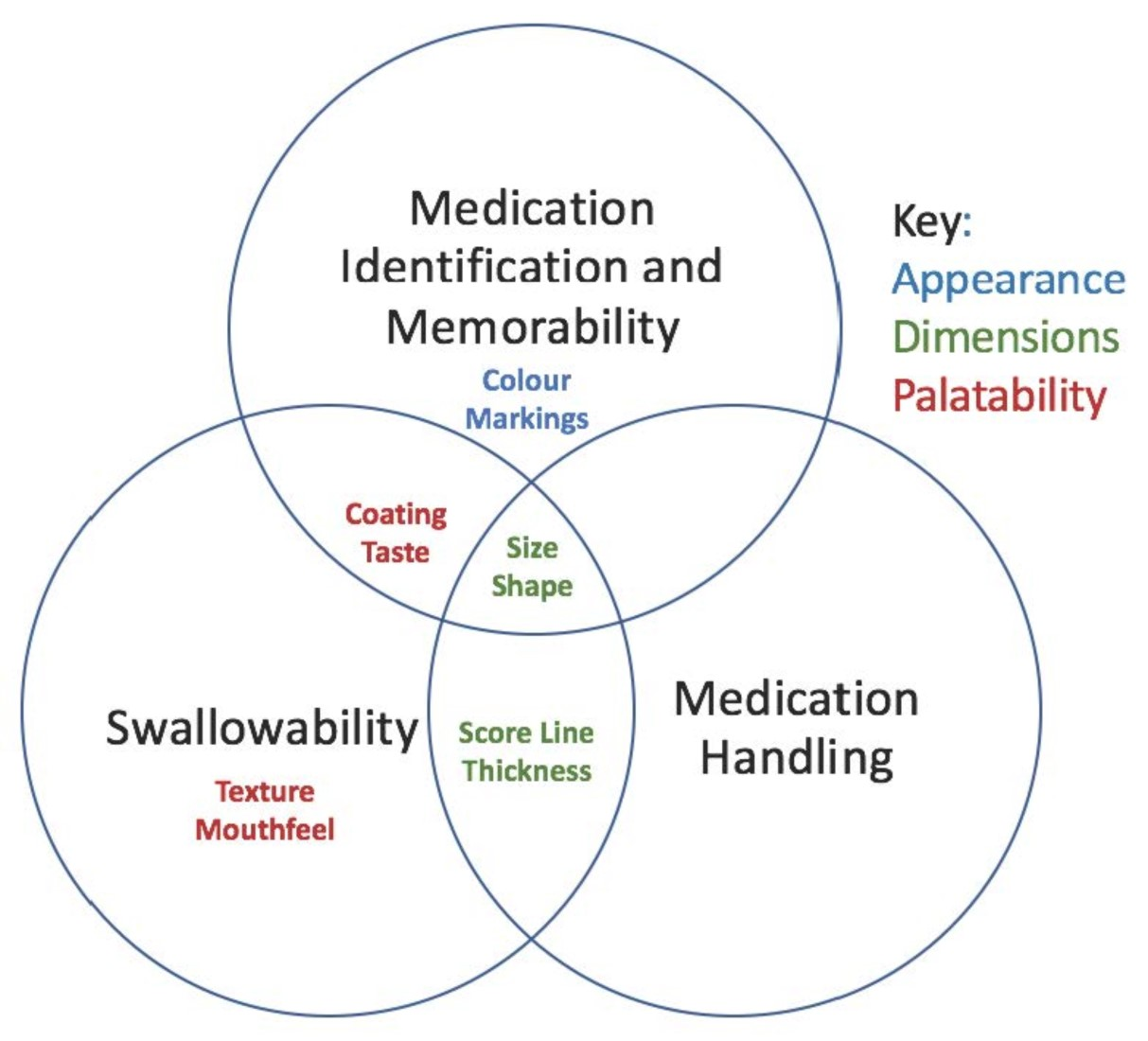Patient-Centric Medicine Design: Key Characteristics of Oral Solid Dosage Forms that Improve Adherence and Acceptance in Older People

Older people represent a very heterogeneous patient population and are the major user group of medication. Age-related changes mean that this population can encounter barriers towards taking medicines orally. The aim of this study was to investigate the characteristics of oral solid dosage forms that contribute to an age appropriate dosage design, with an aim to improve overall medication adherence and acceptance in older people. Fifty-two semistructured interviews were conducted with older people, informal (family) carers, and health and social care professionals. Formulation characteristics impacted three stages of the medication taking process: (1) medication identification and memorability, (2) medication handling and (3) swallowability. Small round tablets (≤7 mm) are least accepted amongst older people and their carers and had a negative impact on all stages. The use of bright, two-coloured preparations and interesting shapes improves identification and further aids memorability of indications and the timing of tablets. Palatability, while useful to enhance swallowability, also has an impact on the visual appeal and memorability of medication. Environmental, patient, medication and disease characteristics also determine preferences for formulation. Developing an age appropriate dosage design for older people, therefore, requires a holistic, patient-centric approach to improve adherence and acceptance.
Download the full publication here: Patient-Centric Medicine Design
Related Articles
or continue reading here: Shariff, Z.; Kirby, D.; Missaghi, S.; Rajabi-Siahboomi, A.; Maidment, I. Patient-Centric Medicine Design: Key Characteristics of Oral Solid Dosage Forms that Improve Adherence and Acceptance in Older People. Pharmaceutics 2020, 12, 905.
Keywords: patient centric; oral solid; acceptance; adherence; older people

